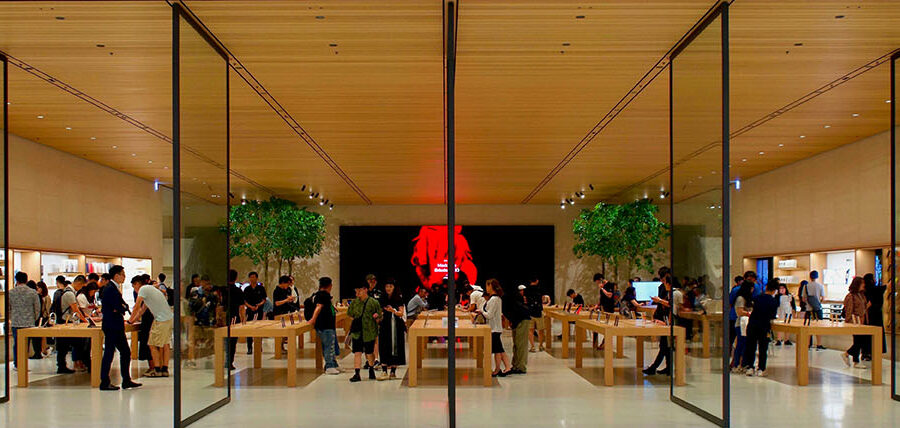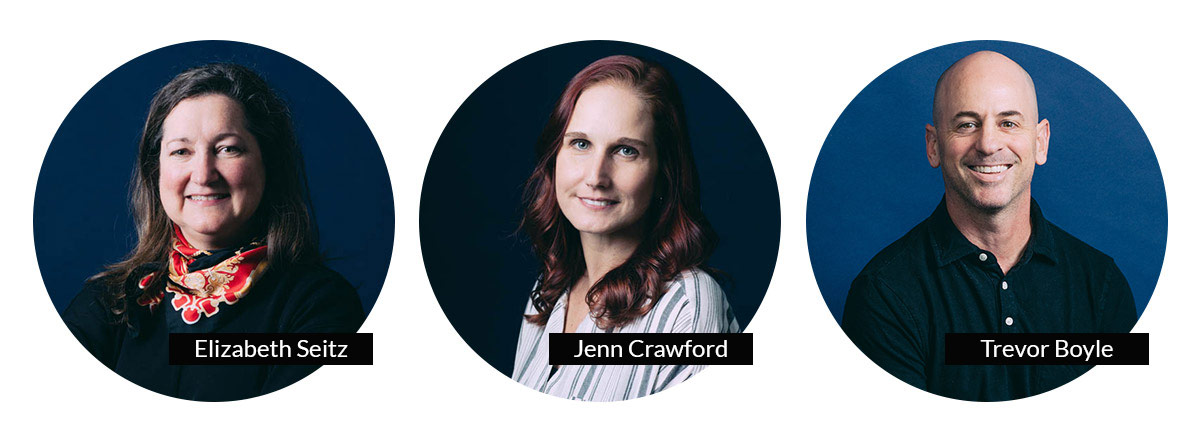share this article
The rise of eCommerce has reshaped the foundation of retail. What started as a convenient alternative to traditional shopping is now a dominant force, driving nearly 16 percent of all U.S. retail sales as of mid 2024. But the story isn’t just about what’s happening online. The bigger shift is how this digital disruption is transforming the role of physical retail spaces.
Brands that once existed purely online are opening storefronts. Malls are becoming fulfillment hubs. Stores are no longer just about selling. They’re about storytelling, logistics, and experience.

Digital First, Physical Second
Retailers like Vuori and Mejuri began entirely online, building loyal customer bases and scalable operations through eCommerce. As their brands matured, they didn’t abandon digital but instead added brick-and-mortar locations that function more like experiential showrooms. These spaces help customers interact with the product in real life, but the final transaction might still happen online.
That is the future of physical retail: not as a competitor to eCommerce, but as a powerful complement.

AR and VR Are Not the Future. They’re Already Here
Augmented reality (AR) and virtual reality (VR) are turning the shopping journey into something immersive and interactive. Whether it’s IKEA’s app that lets you place furniture in your living room or Fenty Beauty’s virtual try-on tools, AR is helping customers make smarter choices without ever stepping into a store.
And in store? AR is being used to enhance discovery. Scan a shelf and learn more about a product, view a how-to video, or unlock a limited-time offer—all from your phone. These features don’t just make shopping more fun, they make it more effective.
VR, while less widespread, is on the rise too. Retailers are testing full 3D virtual stores where customers browse digital aisles from their homes. These spaces are not just futuristic. They are the beginning of a new hybrid experience where shopping happens anywhere.

What COVID-19 Made Permanent
The pandemic did not invent digital retail, but it did fast track its adoption. According to McKinsey, the pandemic accelerated eCommerce by five years in a matter of months. Contactless pickup, curbside delivery, and mobile-first shopping experiences became the new baseline.
Post pandemic, many consumers have kept those habits. In-person retail is still relevant, but only when it offers something online can’t. That is why experiential retail is on the rise. Think of Crumbl Cookies and its open-kitchen design that encourages customers to watch the baking process. Or athletic brands creating in-store fitness classes and gear demos.
Retail spaces that generate shareable, memorable moments are winning foot traffic and loyalty.

Real Estate is Getting Smarter and Smaller
Retailers are also localizing operations. Instead of relying on massive regional warehouses, they’re building micro-distribution hubs closer to customers. Physical stores are being reimagined as both fulfillment centers and experience zones.
This has also led to more flexible retail real estate strategies. Brands are exploring short-term leases, pop-up shops, and modular store layouts that adapt to demand. The modern storefront isn’t static. It evolves with the consumer.
The Takeaway: Reinvention, Not Retreat
Brick-and-mortar is not disappearing. It is becoming more agile, more interactive, and more digitally connected. Retailers that embrace omnichannel integration, invest in immersive technology, and rethink their physical footprint are finding new growth opportunities in a complex landscape.
eCommerce didn’t kill physical retail. It changed the rules. And the brands that are playing to win are using every tool—digital and physical—to connect with consumers.
Need help evolving your store strategy?
Asset Strategies Group helps brands find, design, build, and manage retail spaces that integrate digital infrastructure with physical execution. From site selection and leasing to immersive store design and omnichannel fulfillment, we provide end-to-end support with data-backed insights through our ASGedge platform.
Let’s build smarter retail spaces together.


















